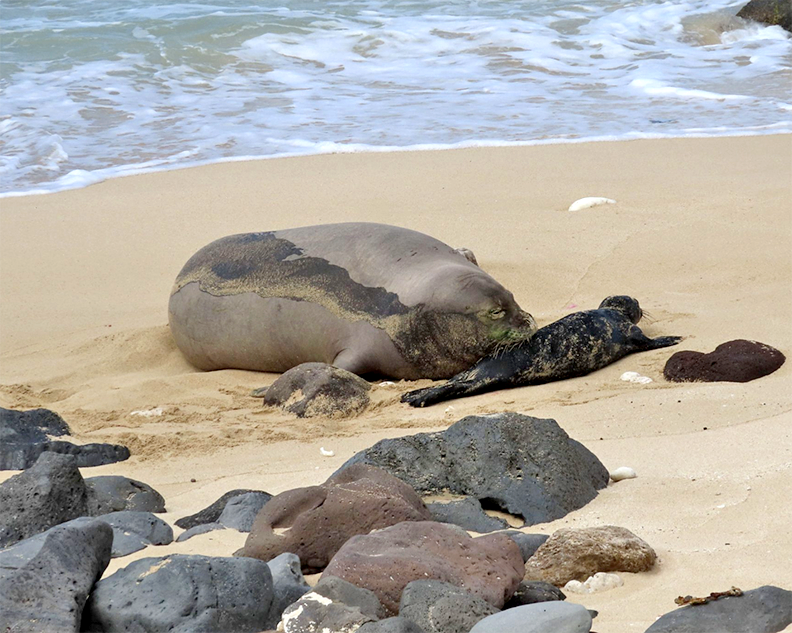By Jan TenBruggencate
There is something entirely un-Hawaiian about one of the classic Hawaiian dishes.
At any Hawaiian food event, and included with any Hawaiian plate lunch, along with the laulau and poi is the lomilomi salmon.
This crisp, refreshing dish is served cold.
Classically Hawaiian, and yet there is nothing classically Hawaiian in it. Before the first Europeans arrived, no Hawaiian ate it.
Its components include salt salmon, not from the Islands. And tomatoes, which are not native here. And onions, white and green, which are also imports.
What is this dish with all foreign materials doing at your pa’ina?
You may read that it was introduced by early sailors. It is likely that some of the earliest sailing ships carried salted fish on board, and maybe even some salted salmon. But it is doubtful that early sailors would have had fresh tomatoes on board. Or the ice to chill the dish.
So, is there anything at all Hawaiian about lomilomi salmon?
There is the name, of course. Lomilomi is the word for massaging or kneading, which is performed on the dish once the ingredients are assembled, to blend the flavors.
And there is another Hawaiian thing about this salmon-tomato-onion salad.
Lomilomi salmon clearly fits into a class of Hawaiian food as a form of poke–that endlessly variable dish that can include raw fish or crab or octopus, added to any of several varieties of raw seaweeds, and other ingredients, sometimes including salt.
Replace the ahi with salt salmon, the limu with tomatoes and onion, and presto, a Hawaiian dish with no Hawaiian parts.
This kind of substitution occurs elsewhere in Hawaiian cuisine as well.
Hawai’i has put its own brand on Thanksgiving turkey with the use of the traditional underground oven, the imu.
A turkey cooks faster than a big pig. The combination of flavors from the ti leaves, banana stalks and wood fire under lava rocks gives an imu-cooked Thanksgiving turkey a uniquely Hawaiian flavor.
Even the imu has undergone some changes. Traditionally, a wood fire heated lava rocks in a pit. Banana leaves and chunks of banana stalk provided moisture for steam and insulation to prevent food from burning. Ti leaves wrapped the food. Banana leaves covered the wrapped food. And soil was piled over the top to complete the oven.
In years past, wet burlap bags became a part of the process, covering an upper layer of banana leaves. And big tarps sometimes are used to seal the whole thing, trapping the steam.
Inside, pigs are sometimes wrapped in chicken wire to ease lifting and to keep the cooked pig together. Turkeys and other food items like taro and sweet potatoes are often rested in aluminum pans, covered with aluminum foil.
Substitution is its own spice and takes many forms. One Hawaiian community had no turkeys available for Thanksgiving, which clearly demand a big bird. But they had peacock, and the roast bird at that Thanksgiving table was peahen.
- Jan TenBruggencate is a Kaua‘i based writer and communications consultant.
Discover more from ForKauaiOnline
Subscribe to get the latest posts sent to your email.






Leave a Reply